Welcome to all you new Wonder Woman fans. Whatever you felt about the other DC superhero films, we can unite around the awesomeness of this latest DC story, which stars Gal Gadot and Chris Pine, and is directed by the earnest and myth-minded Patty Jenkins.
Perhaps before Wonder Woman arrived, you assumed wrongly that DC movies only want to be âgrimdarkâ for darknessâs sakeâand that sad Superman kills, and Batman turns evil.
If so, hereâs hoping the well-reviewed, high-fantasy tale of undividedly heroic Diana, princess of Themyscira, has challenged your preconceptions a little bit.
Many DCEU (or DC Extended Universe) âtruthersâ have insisted this film series, from Man of Steel (MoS) to Batman v Superman (BvS), does not want to make superheroes all dark and nasty. Instead, as I said here, these super-stories clearly want to explore this challenge:
Who are good heroes, and why should they fight for a sinful world that does not deserve them?
So far, MoS and BvS have explored the question and offered only hints toward the answer.
But Wonder Woman does not attempt to âcourse correctâ or âlightenâ the DCEU as much as share another story, from another perspective. Its story asks the same question in a more accessible wayâwith words, not just imagesâand also begins to answer the question.
As Iâve mentioned, I hope future DCEU films will continue to follow this theme, even while following varied genres, characters, and secondary themes. I want to see these stories freed from genre constraintsâsuch as âthe world is an overall nice place that understands good heroesâ or âyou can kill people or destroy cities pretty much free of consequences.â
And I have four more wish-list items I have for Superman, Batman, Wonder Woman, and the entire Justice League universe Iâve been waiting to see on-screen for so long.
Naturally I will discuss some spoilers from at least three DCEU films.
5. Keep each heroâs musical themes absolutely consistent.
I wrote this before Wonder Woman even released, and was happy to hear Hans Zimmerâs already-famous warrior-rhythm theme for the heroine, now reprised and remixed by the new filmâs composer, Rupert Gregson-Williams.
Zimmer himself composed for the whole Dark Knight trilogy and then did Man of Steel and half of Batman v Superman. For the latter two films, he used a simple consistent themes for Superman, and composer partner âJunkie XLâ developed a new theme for Batman. Now that Zimmer is moving on, âJunkie XLâ would have done Justice League.
But now ⊠well, Danny Elfman is scoring Justice League. Heâd also composed scores and soundtracks for Batman (1989) and Spider-Man (2002). He also partnered with Brian Tyler (my guess he was a late addition) for Avengers: Age of Ultron. And his addition concerns me.
I know. In the grand scheme of things, this is low priority. But I really, really like consistent musical themes throughout a visual story structure. Especially if theyâre catchy themes.
So I hope, whatever Elfman does to add his own creativity to Justice League, that he also follows the established themes for Superman, Batman, and Wonder Woman. Sure, mix them up, or do a variation, as he did in Ultron with Alan Silvestriâs The Avengers theme. But donât drop all the themes (like Marvel movies often do, ahem) as if they never existed.
6. When Superman returns, make sure heâs convincingly grown.
People complain a lot about Superman through both the films so far. They say heâs too sad or not heroic enough. They assume that because older Superman movies show the hero fully developed by the end credits, this film series should follow the same approach.
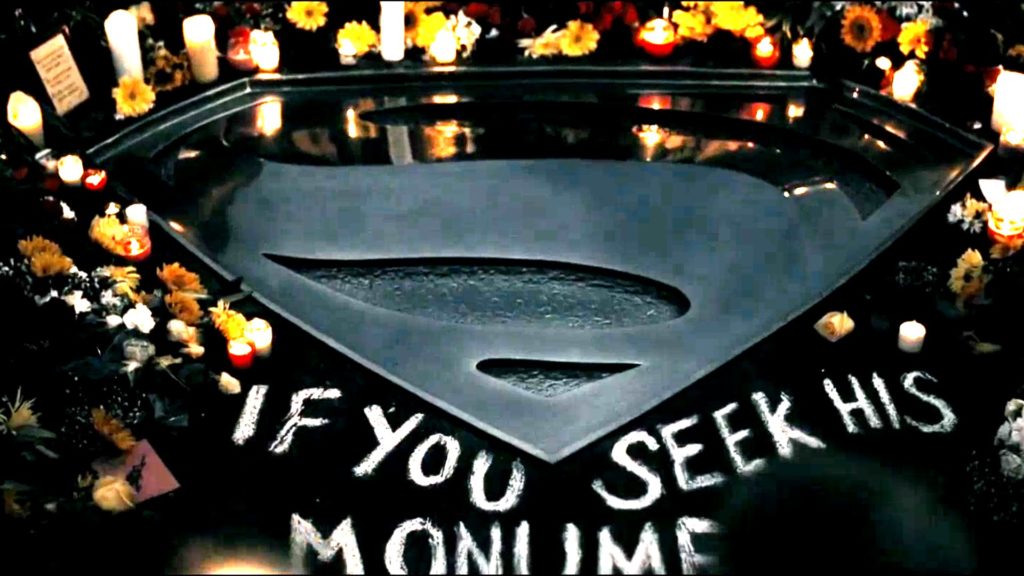
Superman will return.
But in fact, if many other DCEU âtruthersâ and myself are right, the DCEU films are still showing Supermanâs origin story. And by doing this, they end up having the audience right where they want them: actually longing to seeing a fully-realized Superman onscreen again. You know, instead of just tolerating Superman, all âboringâ and retro, a mascot and not a manâand not nearly as interesting as the âconflictedâ heroes we thought we preferred.
No, the series isnât simply holding out the goods to string along the fans. This is simply the practice of good storytelling: letting a hero struggle and try and fail, often for a good long while, before triumphing and becoming the hero we always knew he could be.
If Iâm right, then, this may be the first superhero film series in which the âmessianicâ heroâs journey is over within the first three films. After this, Superman will indeed become the solid hero we suddenly realized we wanted all along: confident, morally certain, and fighting for truth, justice and the American way. Ohâand determined never to kill, not because Superman just somehow always knew this was terrible, but because (thanks to the impossible situation with General Zod), he had to do it once, and swore never to do it again.
Fortunately, Justice Leagueâs promised return of Superman could give us all what we want to seeâboth the fans who disliked Superman in the earlier films, and demand a better Superman, and the people like me who have loved Supermanâs character arc.
In either case, I say Supermanâs return should help us all agree what the previous films were meant to do: show this man convincingly growing into his own symbol of hope.
Break a rule or two, and tell, not just show, what Superman was going through earlier.
Give him an awesome yet natural speech to his friends about what heâs learned.
Show gloriously his enhanced inner heroism as he helps lead the new Justice League.
Show him smiling. A lot. Letâs see him enjoy being a hero, even while facing new challenges and supervillains who canât stand his pure-heartedness and try to break him!
7. Donât let meme-heroes and popular misconception run the show.
 There are at least two types of Batman:
There are at least two types of Batman:
- Serious story Batman (with many variations)
- Meme-Batman (with at least three variations).
In the last week, two significant events happened in the world of Meme-Batman: The Lego Batman Movie released to Blu-ray, and we lost the original Meme-Batman, Adam West.
I like Meme-Batman, and play âLego Batmanâ video games, and laugh at The Lego Batman Movie. But this Bat-version is not like an actual human person, and thus canât qualify as âthe best Batman.â This didnât stop some overzealous Lego Batman Movie fans for claiming this was the âbest Batman movie ever,â which is just plain silly. Sure, this movie shows Batman at his silliest and most infantile, pouting, self-absorbed, my-parents-are-DEAAAD silliest. It pokes fan at more-ridiculous fans, who insist that (paraphrased) âBatman is the awesomest superheroâ who âdoesnât have any powersâ and yet âliterally scares the Grim Reaper.â
But man does not live by silly alone. Neither do major motion pictures. Which is why I hope Justice League, The Batman, and future DCEU Bat-stories keep the jokes to a minimum. Weâve heard it all: my parents are DEAAAD, secret identities are hackneyed, and Batman is really rich, because heâs Batman. Donât stay there. Let Batman mature a little, and fight to recover his moral coreâwhich is what the oft-maligned BvS actually showed him doing.
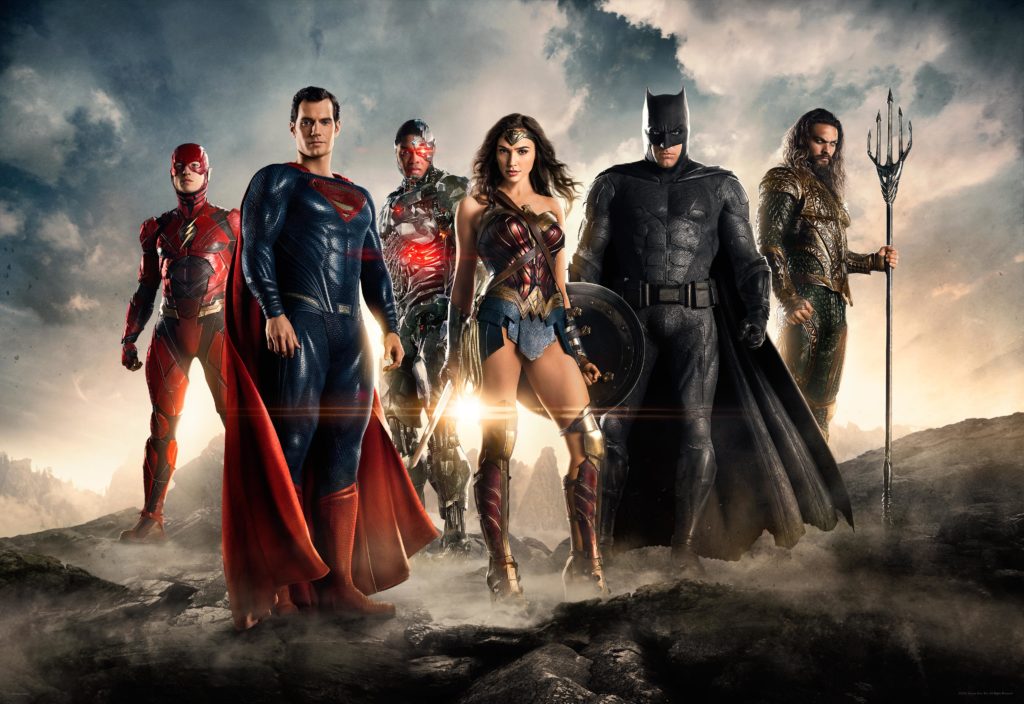
8. Proceed with absolute confidence in these heroic characters.
None other than Marvel Studios kingpin Kevin Feige shared his suggestions for the DC film series back in 2013, as the Marvel series began phase 2 and before Man of Steel released:
Man of Steel looks like itâs going to be awesome and obviously Dark Knight is awesome. [⊠DC filmmakers should] have confidence in the characters, believe in the source material, donât be afraid to stay true to all of the elements of the characters no matter how seemingly silly or crazy they are.
To an extent, Marvelâs films have led the way here, only avoiding the silliest costumes and origin stories, but doing their best to stay somewhat realistic while honoring the source. Tony Stark really does build giant mecha suits he can summon remotely. Doctor Strange really does do mystic battle with a giant evil space head from another dimension.
Yet DCâs films have a lightly-tapped advantage: they can take these ideas more seriously, because (so far) they donât feel they need to self-distract with Ironic Self-Aware Moments.
In fact, the closer these films approach the ideal of real-life seriousness, the more people feel compelled to mock or criticize themâsuch as when Jonathan Kent in Man of Steel sacrifices himself to preserve his adopted son from the world Apparently, people arenât used to this kind of earnest storytelling. The problem isnât that this isnât realistic (after all, this scenario is pretty far-fetched). The problem is that people arenât used to this level of âframe rateâ that bends closer to reality. Apparently, this sight strains some viewersâ eyes.
Give these things dramatic weightâand hew closer to the even weightier themes of good and evil, heroism, moral strength vs. compromise, and even the truth behind ancient mythâand DCâs films can truly offer stories most moviegoers havenât considered.
Wonder Woman gives me hope that DCEU will earnestly embrace the heroic nature of their nearly century-long meta-cast. From the moment of Dianaâs clear-voiced introductionâthe same as you hear in this trailerâthis story tells you its own themes and invites you to see the world anew through her eyes. A generation ago, audiences nearly believed a man can fly. Now we can adopt the humility of children, and believe that a Superman can fly (and die, and rise), and the Batman can be redeemed from the dark vigilanteâs logical fate, and that Diana can help teach them both a true vision of heroism preserved in the mythic past.
This story also gives Christians a delightful opportunity.
No, we shouldnât write 12-part sermon series or breathless blog articles proclaiming that, hurrah, superheroes are Christian heroes, so Christians are actually cool in the world(!!!).
Nor should we be too cool and ignore the fact that Christianity does inform these stories.
Instead, we should see these heroes for what they are: Christ-figure-figures. Theyâre more like us, as we strive to be Christ-like heroes. And if we can stretch our hearts further, if we can âbelieveâ in Superman, Batman, Wonder Woman, Aquaman, The Flash, Cyborg, and the entire Justice Leagueâwell, thatâs good practice for believing in the true Hero of all heroes.
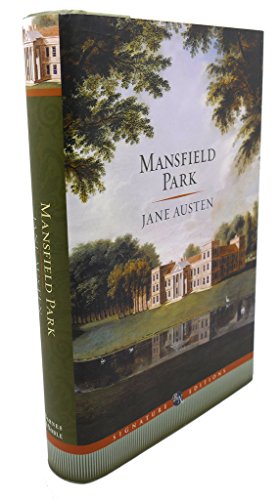 provoking than enjoyable, and one of the issues it raised for me was the relationship between moral goodness and good characters. Fanny Price, the novelâs heroine, is probably the most emphatically good (in the moral sense) character I have ever experienced, and also a bad character in the sense of not being compelling or enjoyable. She is, in fact, one of the reasons the book drags as it does (the other is that the simple plot takes far too long to unfold). I began to find her tiresome; Jane Austenâs own mother called her insipid.
provoking than enjoyable, and one of the issues it raised for me was the relationship between moral goodness and good characters. Fanny Price, the novelâs heroine, is probably the most emphatically good (in the moral sense) character I have ever experienced, and also a bad character in the sense of not being compelling or enjoyable. She is, in fact, one of the reasons the book drags as it does (the other is that the simple plot takes far too long to unfold). I began to find her tiresome; Jane Austenâs own mother called her insipid.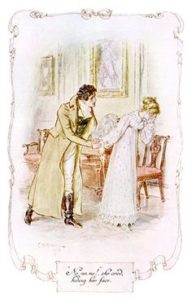 is to Austenâs credit as a writer that she created such limitations in her character, and if you stop to consider it, Fannyâs timidity lends a poignant note to her climactic resistance to an unwanted marriage. Ironically, though, Fanny would have been better company for four hundred pages if her virtues had extended a little farther, and that would have done more for the novel than a little poignancy.
is to Austenâs credit as a writer that she created such limitations in her character, and if you stop to consider it, Fannyâs timidity lends a poignant note to her climactic resistance to an unwanted marriage. Ironically, though, Fanny would have been better company for four hundred pages if her virtues had extended a little farther, and that would have done more for the novel than a little poignancy.































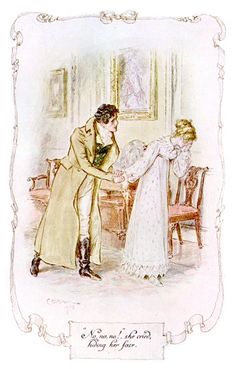
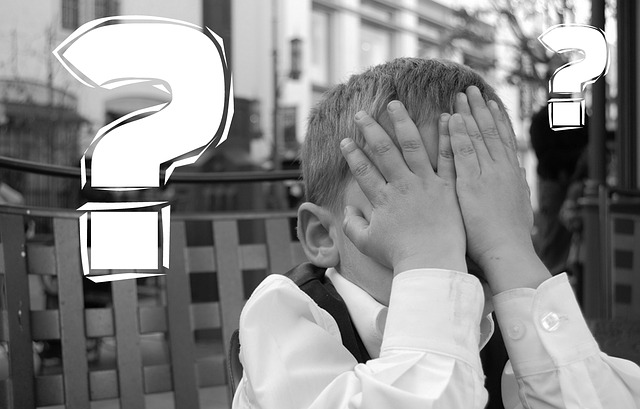
 These issues raise several questions for writers.
These issues raise several questions for writers. Maybe thatâs nothing more than poor execution, but it could also be the result of shoehorning a certain message, theme, character arc, or anything else into the story. Simply for the sake of pushing a specific agenda or checking off someone else’s set of boxes.
Maybe thatâs nothing more than poor execution, but it could also be the result of shoehorning a certain message, theme, character arc, or anything else into the story. Simply for the sake of pushing a specific agenda or checking off someone else’s set of boxes. Rather than one individual pet peeve or agenda being the emphasis, however, each should contribute its part to making the whole work shine.
Rather than one individual pet peeve or agenda being the emphasis, however, each should contribute its part to making the whole work shine.




 There are at least two types of Batman:
There are at least two types of Batman:
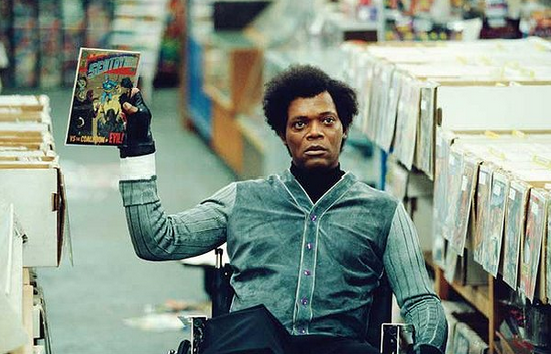



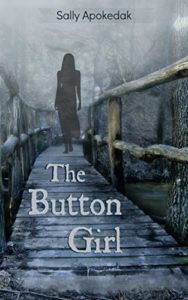 Young Repentance Attwater has reached the age of “buttoning,” or marriage, but she lives in a breeder village under the control of the overlords. She decided years ago when she witnessed her brother taken away from his family into slavery that she would never bear children only to lose them to the overlords. Even if she had to go into slavery herself. Even if she’d be separated from her family, from her sister who she wanted so desperately to protect.
Young Repentance Attwater has reached the age of “buttoning,” or marriage, but she lives in a breeder village under the control of the overlords. She decided years ago when she witnessed her brother taken away from his family into slavery that she would never bear children only to lose them to the overlords. Even if she had to go into slavery herself. Even if she’d be separated from her family, from her sister who she wanted so desperately to protect. The Button Girl is set in a fanciful place, in an indeterminable time, where overlords rule lowborns, where some people live in the hot, swampy fog created by the hot springs and others live in the sun on the top of the mountain in the ice castle, where some have gifts of moon cloth and others have skimmers and still others have dragonsticks or sun cloth, but the overlords have taken control of it all.
The Button Girl is set in a fanciful place, in an indeterminable time, where overlords rule lowborns, where some people live in the hot, swampy fog created by the hot springs and others live in the sun on the top of the mountain in the ice castle, where some have gifts of moon cloth and others have skimmers and still others have dragonsticks or sun cloth, but the overlords have taken control of it all.

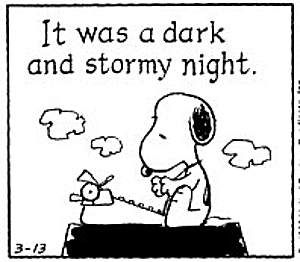 defined by being evocative, and it doesnât really matter of what. What counts is arresting the attention of the reader, whether through humor, originality, mystery, or a felicitous turn of phrase. Here is a list of beginnings that showcase the art of the good opening, being not only evocative but memorable. You will note that famous, immortal, and timeworn first sentences, such as âCall me Ishmael,â are omitted from this list. You will also note that other famous, immortal, and timeworn first sentences are included. There is no good reason for this.
defined by being evocative, and it doesnât really matter of what. What counts is arresting the attention of the reader, whether through humor, originality, mystery, or a felicitous turn of phrase. Here is a list of beginnings that showcase the art of the good opening, being not only evocative but memorable. You will note that famous, immortal, and timeworn first sentences, such as âCall me Ishmael,â are omitted from this list. You will also note that other famous, immortal, and timeworn first sentences are included. There is no good reason for this.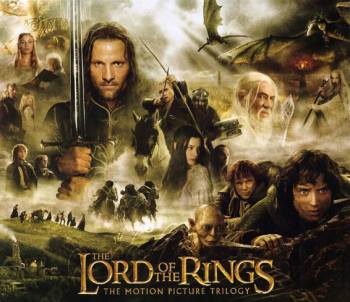
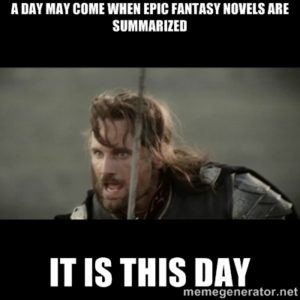 When the walls of tradition and hours of reading come crashing down.
When the walls of tradition and hours of reading come crashing down. The Fellowship departs down the Anduin
The Fellowship departs down the Anduin Together they go to Edoras, where Gandalf frees Théoden from the spell of Wormtongue
Together they go to Edoras, where Gandalf frees Théoden from the spell of Wormtongue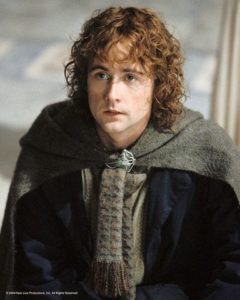
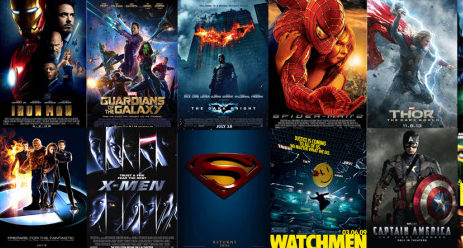
 Are the movie makers altering the superhero’s DNA to fit the liberal agendas of those behind the scenes, or does the superhero of today hold fast to his or her once-clear principles? I don’t have anything with which to compare them because I was not a comic book reader, apart from the occasional Superman or Spiderman story I read when I was visiting my cousins.
Are the movie makers altering the superhero’s DNA to fit the liberal agendas of those behind the scenes, or does the superhero of today hold fast to his or her once-clear principles? I don’t have anything with which to compare them because I was not a comic book reader, apart from the occasional Superman or Spiderman story I read when I was visiting my cousins.
 Fact: this new film is just as much part of the same DC film universe as the last three. In fact, the oft-maligned Man of Steel and Batman v Superman director Zack Snyderâthe one whoâs supposedly making all the heroes brood and murder and be horribleâ
Fact: this new film is just as much part of the same DC film universe as the last three. In fact, the oft-maligned Man of Steel and Batman v Superman director Zack Snyderâthe one whoâs supposedly making all the heroes brood and murder and be horribleâ For example, consider
For example, consider  Only Suicide Squad veered off-course with terrible results
Only Suicide Squad veered off-course with terrible results

